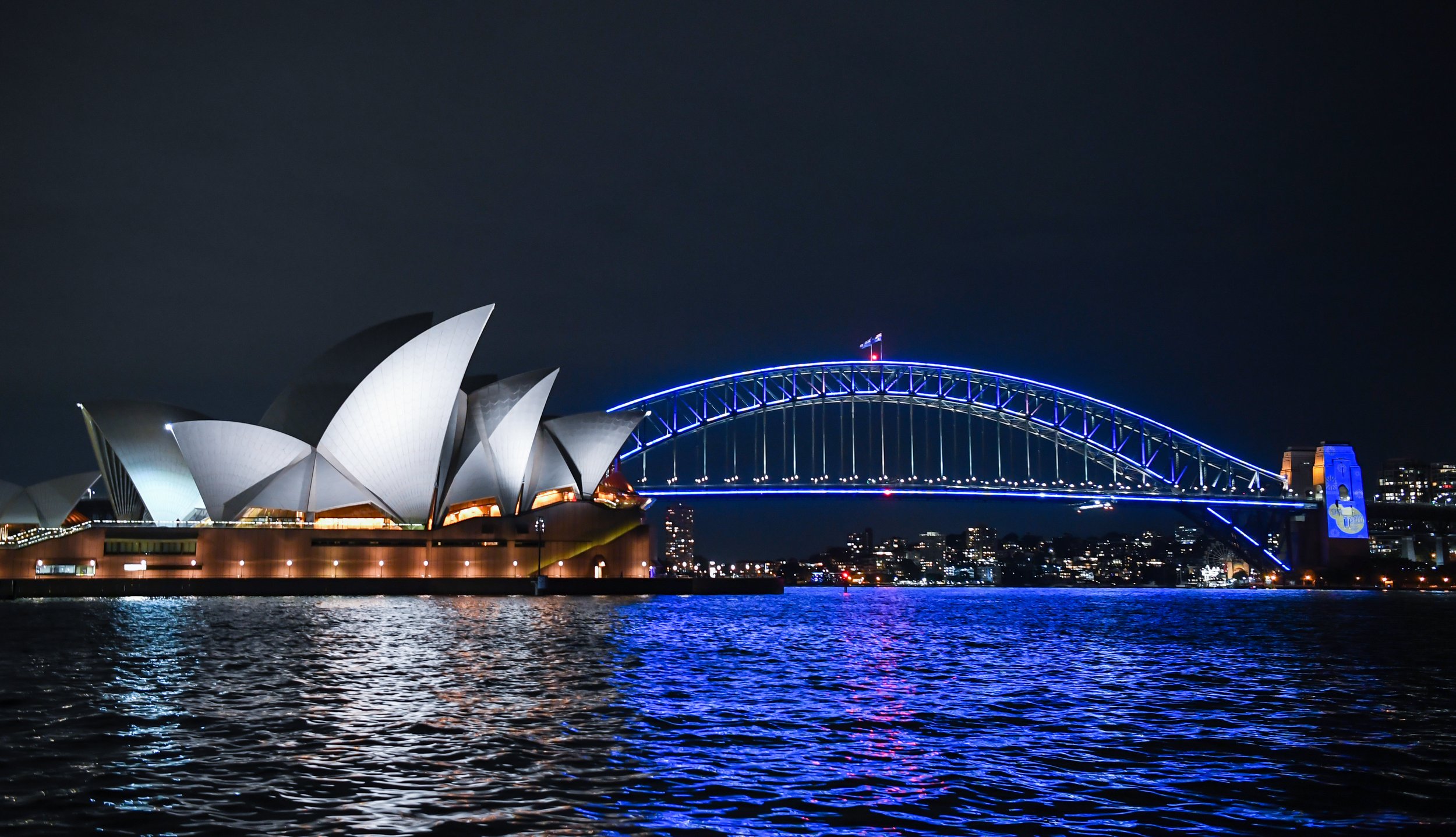Sydney Harbour Bridge turns 90
One of Australia’s most significant pieces of infrastructure - the Sydney Harbour Bridge - has turned 90. The ground-breaking landmark was the vision of John Bradfield, opening on March 19, 1932.
Bradfield was appointed engineer on the project in 1914, and his work earned him the legacy as the “father” of the bridge. He believed it should be more than a road across the harbour, advocating for a design that would unite communities, boost the economy and future-proof the city.
The bridge is sometimes called the “coat hanger” because of its shape.
It’s completion represented a pivotal step in the development of modern Sydney, the New South Wales Government says, and was recognised internationally as a symbol of progress and industrial maturity.
A proposal for a bridge spanning the harbour was first mooted a hundred years earlier by convict architect Francis Greenway, who put the idea to Governor Lachlin Macquarie as early as 1815, according to official records.
Nearly 50,000 brilliant LED pixels and art projections have been used to illuminate the bridge to mark it’s 90th anniversary.
But it wasn’t until the turn of the century that the NSW Government began to seriously investigate it, finally settling on Bradfield’s idea of an arch bridge as a key element of an integrated transport system including an extensive network of rail and roadways leading on to it. English company Dorman Long & Company were contracted to build it.
World War I delayed construction, which finally began in 1923 when work began on the approaches to the span. The bridge’s steelwork alone weighs 52,800 tonnes and is held together by 6 million rivets, each one pounded in by hand. The structure is 503 metres long and reaches 134 metres above sea level, almost as high as Egypt's Great Pyramid.
The Premier of New South Wales, Jack Lang, had planned on opening the bridge in 1932. But he was beaten to it by Francis Edward de Groot, a member of the fascist, paramilitary organisation, the New Guard of Australia, who swooped in and slashed the ribbon with his sword. de Groot was unhappy that the Governor General wasn’t performing the opening honours. He was arrested, his sword was confiscated and he was fined five pounds for offensive behaviour.
Opening day saw around one million people crossing it on trains, trams, cars, on foot and on horses. By 2017 more than 200 trains, 160,000 vehicles and 1900 bikes used it every day.
Sixteen men died working on the project, and accidents were frequent. And it was expensive financially too, costing close to 6.2 million pounds at the time - and wasn’t fully paid off until 1988.
In the ‘30s, it earned the nickname the “Iron Lung” because it supported the city’s economy and provided work through the Depression. Since then, it has been the backdrop for the walk for reconciliation (in 2000) and an internationally recognised symbol of Australia.


